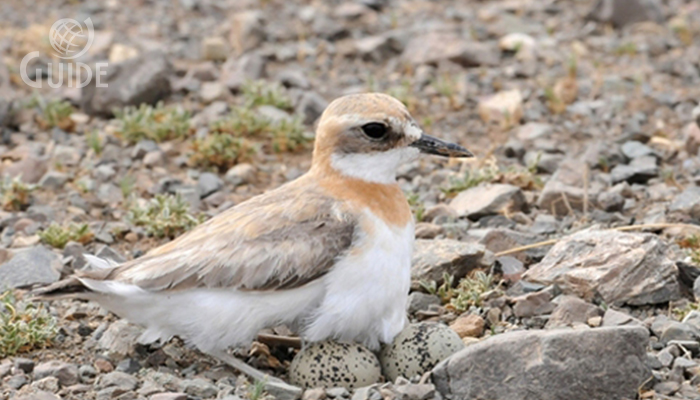
English: Greater
Sand Plover
Russian: Толстоклювый зуёк
Mongolian: Зэвэн хиазат
German: Wustenregenpfeifer
French: Gravelot de Leschenault
Japanese: オオメダイチドリ (O-medaichidori)
Body length: 19-22 cm
Scarce breeder in C Turkey and Middle East on dry, sparsely vegetated
steppe. Uncommon
migrant Midlle East; vagrant to Europe. On migration and in winter frequents
beaches or water margins near coast. Food insects, small crustaceans and marine
worms.
Identification: Proportions
recall Grey Plover rather than Kentish, but smaller, slimmer, much
longer-legged, and bill longer. In all plumages resembles Lesser Sand Plover,
which see for detailed comparison. Note particularly slightly larger size,
longer legs and bill, latter with somewhat stronger base and more pointed,
attenuated tip, also often noticeably longer body and slightly longer and
thinner neck. Legs on average paler greenish-or yellowish-grey than on Lesser.
Sexes appear to differ clearly, ♀ being much duller and greyer.
- Variation:
Breeders in Turkey and W Middle East have slightly shorter bill, and summer ♂
much rufous on breast and often on flanks and back, too. Birds E of Caspian Sea
(crassirostris) similar but with longer, stronger bill. In E Asia
(leschenaultia), rufous breast-band is narrow.